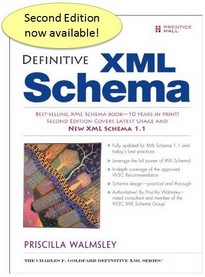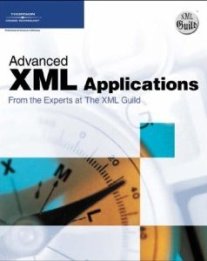lexs:Capabilities
Service Provider Capabilities.
Element information
Namespace: http://usdoj.gov/leisp/lexs/3.1
Schema document: lexs/3.1/lexs.xsd
Type: lexs:CapabilitiesType
Properties: Global, Qualified
Content
- Sequence [1..1]
- lexs:DataItemCategory [0..*]Provides information about the type of event or data type. This may be used by service providers to indicate what types of events or data are incorporated in the service provider and/or its data sources, or in an individual data item. Groups may work together to define an appropriate list of categories that can be used in searches among the groups to allow users to limit search results. Element could also be used by user interfaces for sorting purposes.
- lexs:PagingIndicator [1..1]A flag which indicates whether the service provider supports requests for additional hits from a search.
- lexs:MaxHitsReturned [1..1]Maximum number of hits that the service provider can return in a response.
- lexs:StructuredSearch [0..1]Service provider structured seach capabilities
- lexs:TextSearch [0..1]Service provider text seach capabilities
- lexs:DomainAttribute [0..*]Placeholder for various domain attributes. For Value/Pair attributes use lexs:AttributeName and lexs:AttributeValue elements. For hierarchical data xsd:any structure should be used.
Attributes
| Name | Occ | Type | Description | Notes |
|---|---|---|---|---|
| s:id | [0..1] | xsd:ID | The id attribute is used to define XML IDs for NIEM objects. These IDs may be targets of reference elements, metadata attributes, and link metadata attributes. | from type s:ComplexObjectType |
| s:metadata | [0..1] | xsd:IDREFS | The attribute metadata allows an object to point to metadata that affects itself. | from type s:ComplexObjectType |
| s:linkMetadata | [0..1] | xsd:IDREFS | The linkMetadata attribute allows an element to point to metadata that affects the relationship between the context and the value of the object. | from type s:ComplexObjectType |
Used in
- NIEM reference target from lexslib:ObjectReference
- NIEM reference target from lexslib:PayloadObjectReference
- NIEM reference target from lexslib:SameAsDigestReference
- Type lexs:CapabilitiesResponseMessageType (Element lexs:CapabilitiesResponseMessage)
Sample instance
<lexs:Capabilities> <lexs:DataItemCategory> <lexs:DataItemCategoryText>Incident</lexs:DataItemCategoryText> <lexs:DataItemCategoryDescription>Incident Reports</lexs:DataItemCategoryDescription> </lexs:DataItemCategory> <lexs:DataItemCategory> <lexs:DataItemCategoryText>Arrest</lexs:DataItemCategoryText> <lexs:DataItemCategoryDescription>Arrest Reports</lexs:DataItemCategoryDescription> </lexs:DataItemCategory> <lexs:PagingIndicator>true</lexs:PagingIndicator> <lexs:MaxHitsReturned>100</lexs:MaxHitsReturned> <lexs:StructuredSearch> <lexs:MultipleValueIndicator>true</lexs:MultipleValueIndicator> <lexs:WildcardIndicator>true</lexs:WildcardIndicator> <lexs:FuzzySearchIndicator>true</lexs:FuzzySearchIndicator> <lexs:DateRangeIndicator>true</lexs:DateRangeIndicator> <lexs:NumericRangeIndicator>true</lexs:NumericRangeIndicator> </lexs:StructuredSearch> <lexs:TextSearch> <lexs:ExactPhraseIndicator>true</lexs:ExactPhraseIndicator> <lexs:LogicalOperatorIndicator>true</lexs:LogicalOperatorIndicator> <lexs:WildcardIndicator>true</lexs:WildcardIndicator> </lexs:TextSearch> </lexs:Capabilities>


